

Royal Australian Navy World War 1
Disclaimer
This ebook contains historical content related to World War I (WW1), including graphic images and videos. These visual materials depict the realities of war, including violence, injuries, and loss of life. Viewer discretion is advised.
While these images and videos provide valuable insights into the events and experiences of WW1, they may be distressing or unsettling for some readers. If you find such content disturbing, please exercise caution while reading this ebook.
Remember that these visuals serve as a testament to the sacrifices made by soldiers and civilians during the war. They remind us of the human cost of conflict and the importance of peace.
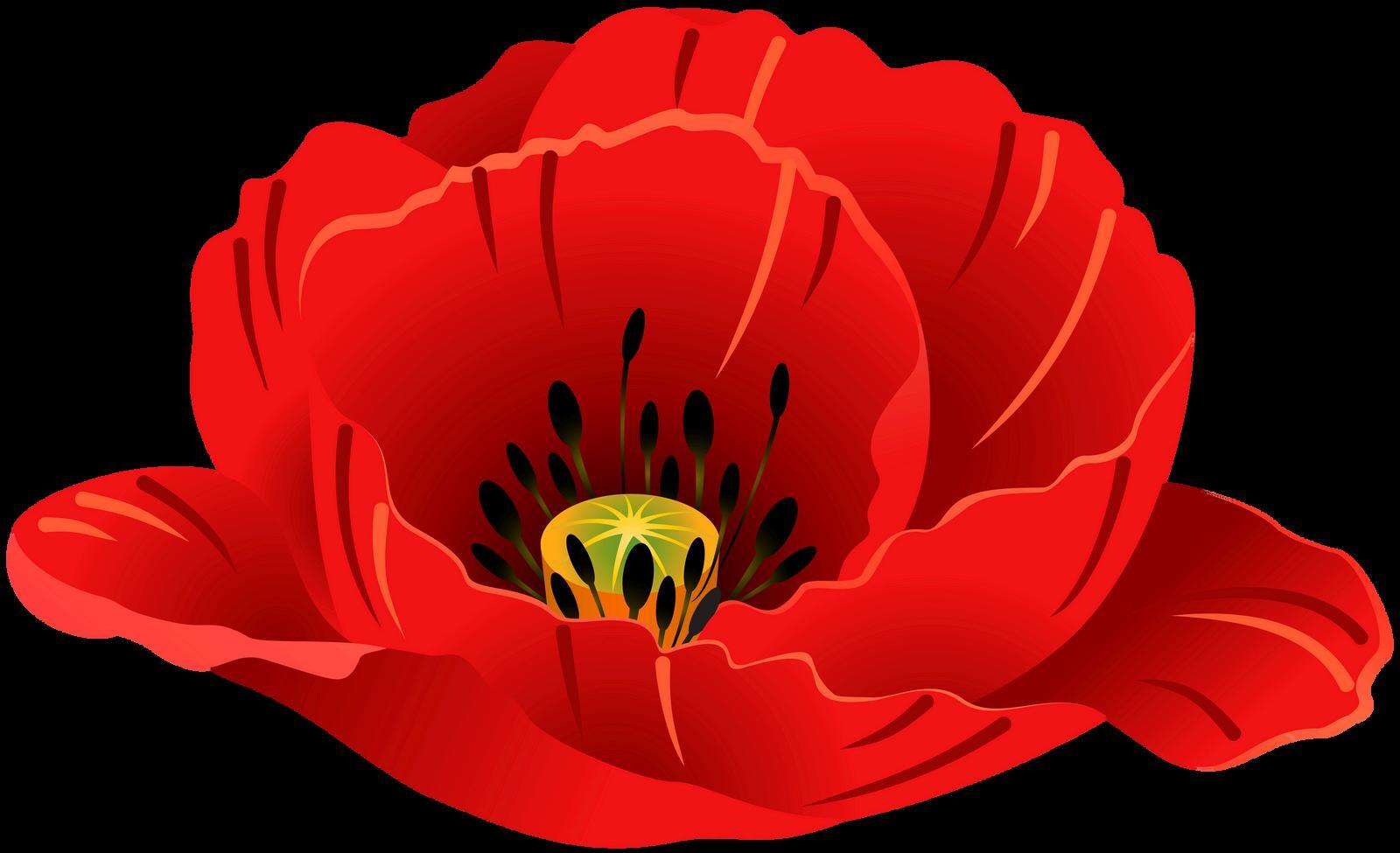



T WE FORG LEST WE FORGET
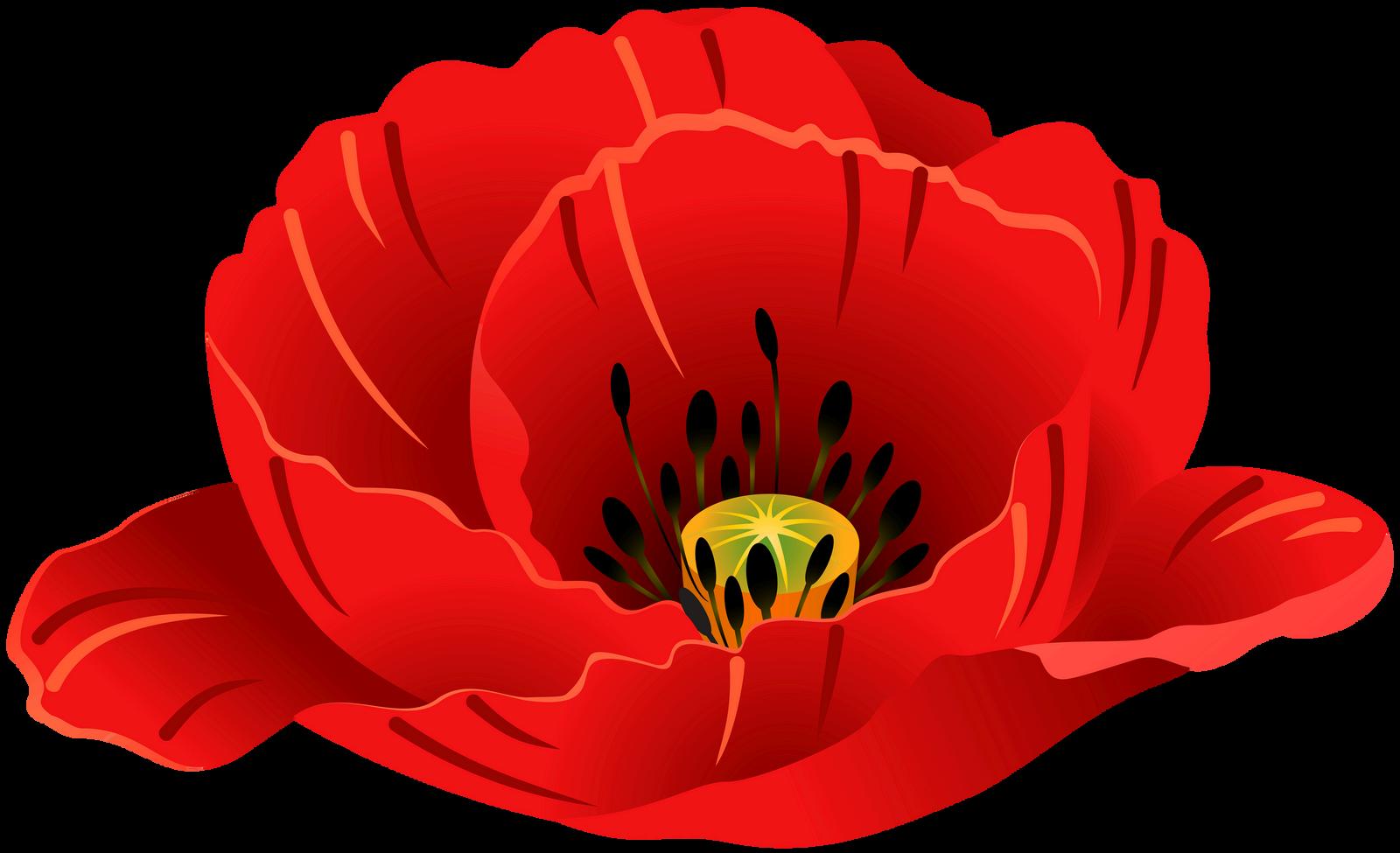

Context of WW1 ww1

What was ww1?
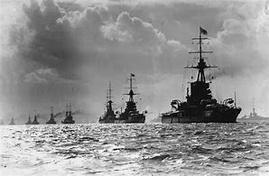
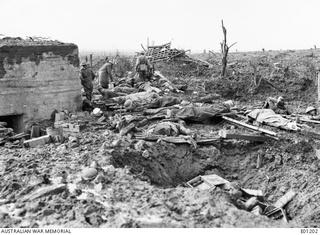

World war 1 [WW1] or the war to end all wars was a global conflict between the Tripple Alliance and the Triple Entente. These two sides were made up of multiple countries banding against each other. The two sides were made up of Italy, Austria-Hungary and Germany, for the Tripple alliance and the Tripple Entente was made up of France, Russia and Great Britain. The war started on 28 July 1914 and end on 11 November 1918. During this short period of time about 9.5 million were killed and can be estimated that around 20 million were wounded, including 8 million left permanently disabled in some way.
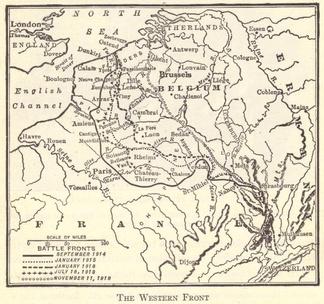



Timeline

28TH JUNE 1914 art Duke
archduke Francis Ferdinand, Austria-Hungarian royalty, was assassinated
1ST-28TH AUGUST 1914
Germany declares war on Russia, France and Belgium. Battle at the eastern and western front beging
14TH OCTOBER 1915
Bulgaria enters the war after declaring war on Siberia.
1ST JULY 1916
The battle of the Somme begin and nearly 20,000 troops died.
11TH NOVEMBER 1918
Germany agrees to an automatic at World War I came to an end at 11 am on the 11th day of the 11th month.
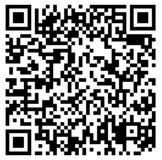
28TH JULY 1914
austria-Hungary declares war and Siberia. World War I officially begins.
25TH APRIL 1915
The ANZAC troops begin landing at Gallipoli, many casualties occurred.
6TH APRIL 1916
the US declares war in Germany.
17TH DECEMBER 1917
The Russians and central powers declare peace leading Russia to leave the war.
https://www.awm.gov.au/articles/encyclopedia/battles_first_world_war
QR code to Important engagements, which the Australian Imperial Force took part
M.A.I.N-Reasons of war
M.A.I.N is an acronym used as the main reasons for war. The acronym stands for: (M)militarism, (A)alliances, (I)imperialism and (N)nationalism

A web of alliances formed between 1870 and 1914. The Triple Alliance (Germany, Austria-Hungary, Italy) and the Triple Entente (France, Britain, Russia) bound countries together. These alliances were a response to the growing tensions and rivalries among European powers during this period. The Triple Alliance aimed to maintain the status quo and protect the interests of its member countries, while the Triple Entente was formed as a counterbalance to the Triple Alliance and to safeguard their own strategic interests.
Before World War I, militarism played a significant role in a number of European countries. Military leaders prioritised their own interests and goals over those of civil administrations. Even ministers and advisors were generals and admirals. They pushed for more defence and armaments budgets and had an impact on domestic policy. An arms race sparked by this tendency gave rise to new military technologies. Public opinion, the media, and national culture were all influenced by militarism. The media portrayed military commanders as heroes and opposing countries as aggressors. Although militarism did not initiate World conflict I on its own, it did foster a hostile atmosphere that made conflict possible. It was impossible to conduct negotiations and diplomacy in this setting to settle these conflicts.

M.A.I.N-Reasons of war
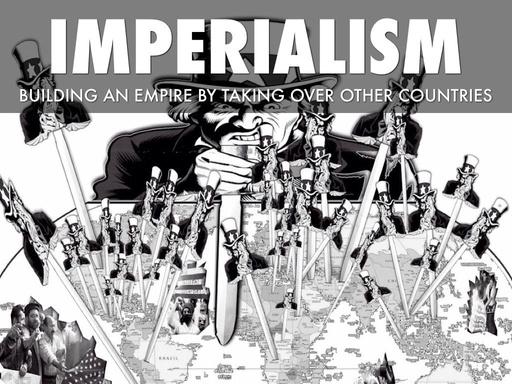
Nationalism is seen as a major contributing factor to World War I and was prevalent in early 20th-century Europe. The majority of Europeans had the view that they were superior to other countries in terms of culture, economy, and military. Pop culture was also greatly impacted by nationalism, which had an impact on theatre and literature. Royal families and ambassadors, among other powerful groups, did nothing to halt this and in some cases encouraged it. Citizens became overconfident in their country, their leaders, and their military power. They developed a fictitious sense of justice and fairness as a result. It vilified other countries, depicting them as cunning, violent, savage, and primitive.
Imperialism is the act of expanding a nation's power through acquisition. This can be accomplished by making outright territorial claims or by seizing control of a territory for the good of the homeland on the political and economic fronts. The provision of priceless minerals, inexpensive labour, and valuable raw materials and food items can all lead to profit. Because imperialism involves power and control, it is linked to exploitation, subjugation, conquest, and warfare.

M.A.I.N was a huge factor leading up to World War One the war did not actually start until the archduke Francis Ferdinand was assassinated. With Austria-Hungary declaring war on Serbia on July 28th 1914.
Involvement/enlistment
There were many reasons why Australian’s enlisted in the war. Some of these reasons included: loyalty to Britain, wanting adventure, to see the world and the money. Many of the men who enlisted was due to the government propaganda. These posters used bold colours in the bold text with short words and sentence to convey the message drawing in the attention. They also played on peoples heart strings with using guilt for people to enlist “Must it come to this enlist” telling them that if you don’t enlist it will come to this show pictures of Australia in ruins.


Statistics:
After first four months, 50,000 men joined the AIF and another 4,000 joined the navy. 3800 16 ships
Between April and October 1915, an additional 100,000 men enlisted in the AIF.
Between 1914 and 1918, a total of about 416,000 men enlisted in the AIF.
more than 330,000 served overseas.
2,139 women also served in the Australian Army Nursing Service (AANS) during the war.
Australia's population was only at 5 million in 1918, nearly 10% of the population was enlisted in military service at some stage during WWI

Australia’s enlistment criteria stopped a lot of men and women who were wanting to fight go to war. These requirements were men must be between the ages of 1938 with a minimum height of 5ft 6in and above with a chest measurement of 34 inches. As the war carried on and enlistment rates dropped theses requirements changed. In 1917 the age was now 18-47 with a minimum height of 5ft.
This change allowed more men and women the opportunity to serve their country and fight.

https://digital-classroom.nma.gov.au/images/first-world-war-enlistmentstatistics
QR code to enlistment statistics of the AIF in WWI
Impacts of WWI
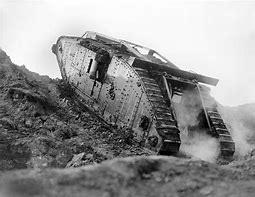
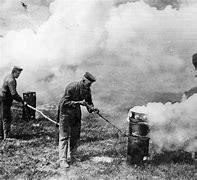
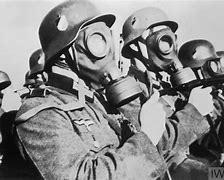
World War I left many emotional and physical impacts on people. 8.5 million soldiers and 13 million civilians died during World War I. Returning soldiers also suffered from what it was called then shellshock (PTSD) as well as trench foot. The return of soldiers and refugees brought the Spanish flu, one of the worlds deadliest influenza pandemic, which spread from the mass movement. The war resulted to the collapse of four imperial dynasties in Austria, Hungary, Germany, Ottoman Empire and Russia. From world War many logical developments were made such such as machine gun tanks and aerial combat. Chemical weapons were also developed such as mustard, gas and phosgene. Overall, World War I had a profound and lasting impact on both individuals and nations, forever changing the course of history and paving the way for advancements in warfare technology.

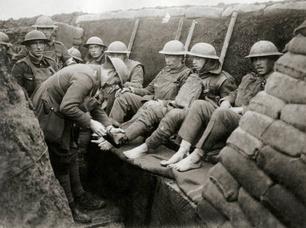
What were the effects of ww1 - the cynical historian



Impacts of WWI

Trench foot
Naval crew where effected by many impacts of war. During war the cramped and unhygienic living conditions led to fast spread of viral infection and disease. The mental health of crews were also impacted from extreme cold exposure due to the lack of insulation and reaching their limits of being away from home. Naval personnel coped with these problems by forming strong bonds and using Humor as a means to make the situation more light hearted.In the end, the naval crew had to remain resilient in order to cope with the challenges of war.
Trench foot is a result of prolonged exposure of the feet to water, cold and unsanitary conditions. Some symptoms were numbness in the feet as it got worse they began to swell then the feet would turn red or blue because of the poor blood supply. Advance trench foot often involved open sores if left untreated part or all of the foot would be amputated. Trench foot could be avoided by keeping the feet warm and dry forcing soldiers to change their socks several times a day.

Royal Australian Navy crew
Royal Australian Navy R.A.N
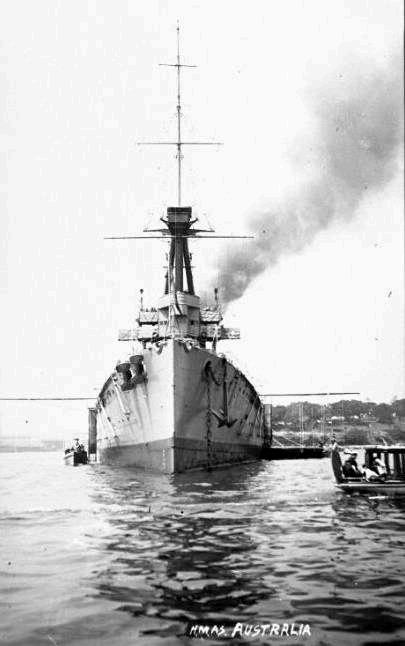

Royal Australian Navy
TheNavalOde: Theyhavenogravebutthecruelsea, Noflowerslayattheirhead. Arestinghulkistheirtombstone, Afastontheoceanbed. Theyshallnotgrowold,aswethatareleftgrow old. Ageshallnotwearythem,northeyears condemn. Atthegoingdownofthesunandinthemorning Wewillrememberthem. Lestweforget




What was R.A.N?
The Royal Australian Navy (R.A.N) play a vital role during World War One. The R.A.N was under the command of the British admiralty from august 10 1914 to august 19 1919. At the beginning of the war the R.A.N had 16 ships and two submarines. With around 3,800 personnel including the 850 from the Royal Navy. To the end of the war R.A.N personnel grow to 5,000 and expanded to 37 ships. The Royal Australian Navy was of great assistance to Australia and her allies during this time.


Experiences - R.A.N
Australia was worried about the enemy's presence in the Pacific at the start of the war. Germany maintained remote, isolated colonies in: Caroline Islands, north of New Guinea, Marshall Islands, north-west of New Guinea, German Samoa, the Admiralty Islands, off the northeastern coast of New Guinea and north-eastern New Guinea, close to Australia. Australian ships could be found in places like larger rivers of New Guinea, South Pacific outposts, in the Caribbean Sea, off Mexico's west coast, the North Atlantic Ocean, in the waters off Africa and throughout the Mediterranean Sea. During WW1 R.A.N
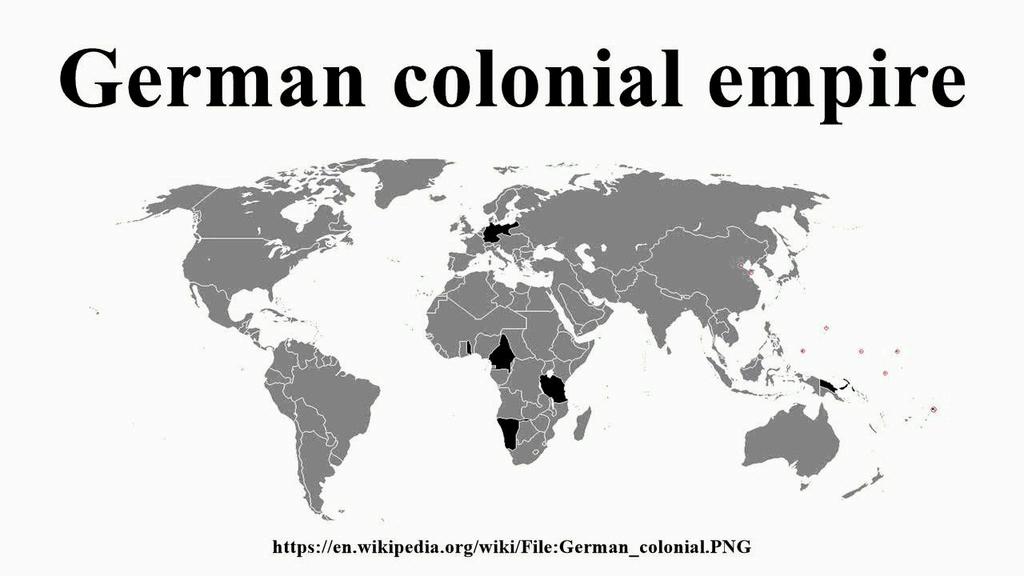
German Colonial Empire
Experiences - R.A.N
Arthur Jose, described the day-to-day operations of navy “Of actual fighting, of visible enemy, not a trace; merely a prolonged chase over seas peopled solely by traders and fishermen (though strewn here and there with submarinemade wrecks), of a foe believed to exist somewhere but beyond the vision of any man in the squadron; and just when the crews [hoped] that at any moment enemy masts might lift above the horizon, an order out of the air the return to an undesired harbour and another age of uncomprehending disappointment.“
R.A.N ships and submarines worked with the grand fleet and other allied navies to provide support and assistance in World War one. The navies were tasked with searching for enemy raiders over thousands of miles of ocean, carry out anti-submarine warfare, escort convoys of merchant ships carrying supplies and troops, do long routine patrols, essential to the blockade of Germany and enemy ports, experiment with the use of planes at sea, sweep for mines in home waters.

First World War
Mothers’ and Widows’
badge
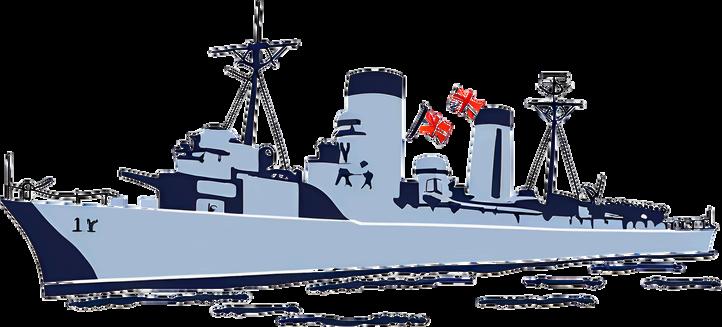
Lieutenant Commander Henry Stoker

Lieutenant Commander Henry Stoker was born on February 2nd and live for 81 years later dying on his birthday February 2nd 1966. Stoker entered the Royal Navy at Dartmouth serving first on HMS impeccable in the Mediterranean where he formed a long life friendship with Prince Lewis of Barton. He was a keen sportsman playing polo cricket football and tennis. He was promoted sub lieutenant in 1904 and after passing from the Royal Navy College at Dartmouth in Greenwich. Stoker volunteered for the new submarine service a major incentive being the money but also the possibility of higher adventure. Serving first on Holland class submarines before promoted Lieutenant and assign to an A class next to B class submarine. Stoker applied to join the Royal Australia Navy which had purchased two of the newest and largest second class submarines. Stoker was also a formidable submarine commander.

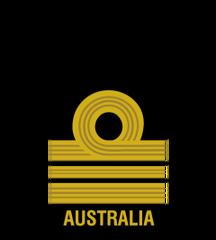
Stoker reached the rank of Lieutenant Commander during his time with the Royal Australian Navy.

CJ Brody, a fellow Darnell submarine officer describes Stoker as “the best of companions with an eye like a hawk for a ball or a periscope. He would have been the choice for any aboard of generals historians or novelist for a dashing enterprise. More important he would have been the choice of all his own crew” https://seapower.navy.gov.au/biography/lieutenant-commander-henry-hugh-



Timeline

02 February 1885
H, Stoker was born in Dublin, Ireland
1904 - Promoted
Promoted to acting sub-lieutenant, began study at the Royal Naval College at Greenwich and volunteered for submarine service.
1913 - R.A.N
After recieving a posting to the R.A.N, Stoker was given command of the AE2.
08-1914 - AE2
The AE2 and the AE1 were ordered to the Pacific to hunt for German raiders. Shortly afterwards the AE1 disappeared and the AE2 returned to Sydney.
02-1915 AE2
The AE2 arrived in the Mediterranean.
26 April 1915 - AE2
The AE2 entered the Sea of Marmara.
1900 - date of enlistment
Joined the RN at the age of 15 as a cadet. Trained aboard the HMS Britannia.
1907 - Promoted
Promoted to lieutenant and given a submarine command, HM Submarine the A10.
24 May 1914 - AE2
The AE2 and the AE1 arrived in Sydney after completeing the longest submarine journey then undertaken.
12-1914-AE2
The AE2 embarked for the Middle East with the 2nd AIF convoy. The AE2 then continued on to the Mediterranean.
25 April 1915 - Dardanelles
Stoker captained the first submarine to breach the Dardanelles.
30 April 1915 - War Prisoners
The AE2 scuttled in the Sea of Mamora and all crew taken prisoner by the Turks. 1920 - Date of Discharge Retired from the Navy.
02 February 1966
Died at the age of 81 Londo, England
References
Anon, (n d ) From the Sea of Marmara to the North Gate of Baghdad: The Story of Four HMAS AE2 Crew Members – MHHV. [online] Available at: https://www.mhhv.org.au/fromthe-sea-of-marmara-to-the-north-gate-of-baghdad-the-story-of-four-hmas-ae2-crewmembers/ [Accessed 11 Jun. 2024].
corporateName =Department of Premier and Cabinet; address=1 Farrer Place, S (n d ) Office for Veterans Affairs - Holbrook War Memorial. [online] www.veterans.nsw.gov.au. Available at: https://www.veterans.nsw.gov.au/heritage/community-war-memorialsfund/successful-grant-projects/holbrook-war-memorial/ [Accessed 11 Jun 2024]
corporateName =Department of Veterans’ Affairs; address=21 Genge St, C C (2022) Royal Australian Navy in World War I | Anzac Portal. [online] anzacportal.dva.gov.au.
Available at: https://anzacportal.dva.gov.au/wars-and-missions/ww1/militaryorganisation/royal-australian-navy [Accessed 11 Jun 2024]
corporateName =Department of Veterans’ Affairs; address=21 Genge St, C.C. (2023). Life for Australians in the navy during World War I [online] Anzac Portal Available at: https://anzacportal.dva.gov.au/wars-and-missions/ww1/personnel/navy-life [Accessed 11 Jun 2024]
Department of Veterans' Affairs (2020a). Home front in Australia during World War I | Anzac Portal [online] anzacportal dva gov au Available at: https://anzacportal.dva.gov.au/wars-and-missions/ww1/home-front [Accessed 11 Jun. 2024].
Department of Veterans' Affairs (2020b). Medical treatment of Australian soldiers in World War I | Anzac Portal. [online] anzacportal.dva.gov.au. Available at: https://anzacportal.dva.gov.au/wars-and-missions/ww1/military-organisation/medicaltreatment [Accessed 11 Jun. 2024].
digital-classroom.nma.gov.au. (n.d.). First World War enlistment statistics | Australia’s Defining Moments Digital Classroom | National Museum of Australia. [online] Available at: https://digital-classroom nma gov au/images/first-world-war-enlistment-statistics [Accessed 11 Jun. 2024].
Esri Australia Education Program (2022) Australia’s involvement in WWI [online] ArcGIS StoryMaps. Available at: https://storymaps arcgis com/stories/487b208cd36643a5b73d6991c7d5d1ca [Accessed 11 Jun. 2024].
References
Michael, D (2020) The Royal Australian Navy in World War One [online] Naval Historical Society of Australia. Available at: https://navyhistory.au/the-royal-australian-navy-in-worldwar-one/ [Accessed 11 Jun 2024]
Naa.gov.au. (2015). Session expired | RecordSearch | National Archives of Australia. [online] Available at: https://recordsearch.naa.gov.au/SearchNRetrieve/Interface/SessionTimeout.aspx [Accessed 11 Jun. 2024].
Navy, corporateName=Royal A. (n.d.). Lieutenant Commander Henry Hugh Gordon Dacre Stoker. [online] seapower.navy.gov.au. Available at: https://seapower.navy.gov.au/biography/lieutenant-commander-henry-hugh-gordondacre-stoker [Accessed 11 Jun. 2024].
Navy, corporateName=Royal A. (n.d.). The Sea Power Centre. [online] seapower.navy.gov.au. Available at: https://seapower.navy.gov.au/spc-a [Accessed 11 Jun 2024]
SBS News (2014). Effects of WWI lingered long in Australia. [online] SBS News. Available at: https://www.sbs.com.au/news/article/effects-of-wwi-lingered-long-inaustralia/hwj5ukci0 [Accessed 11 Jun. 2024].
vwma.org.au. (n.d.). HMAS AE2 (Submarine). [online] Available at: https://vwma.org.au/explore/units/859 [Accessed 11 Jun. 2024].
www.awm.gov.au. (n.d.). Battles, First World War | The Australian War Memorial. [online] Available at: https://www.awm.gov.au/articles/encyclopedia/battles first world war [Accessed 11 Jun 2024]
www awm gov au (n d ) Lieutenant Commander Henry Hugh Gordon Dacre ‘Harry’ Stoker. [online] Available at: https://www.awm.gov.au/collection/P10676826 [Accessed 11 Jun. 2024].


LEST WE FORGET


